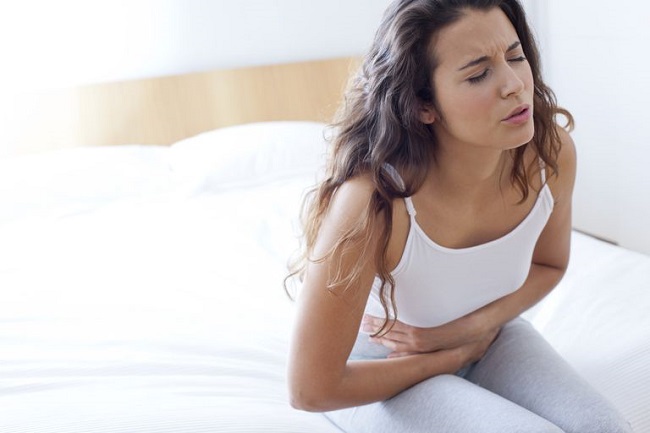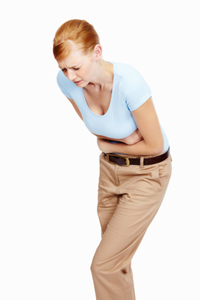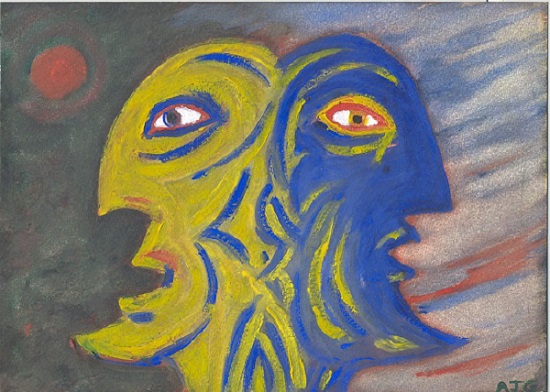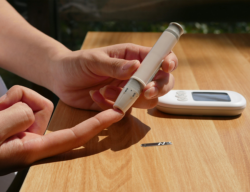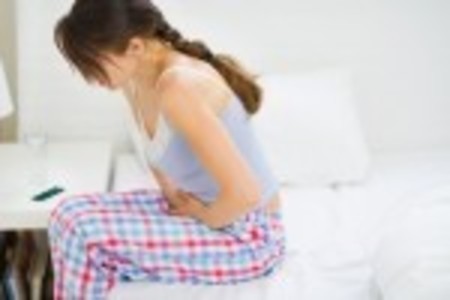Women endure menses for an average of 40 years: once a month for 12 months for four decades—about half of our lives. Menstrual cramps (dysmenorrhea)—to varying degrees of discomfort—are also likely to occur in about 50 percent of reproductive-age women. The cramps are caused by contractions that occur in response to elevated levels of prostaglandin (fatty acids made prior to menses) in the uterine lining. Some over-the-counter and prescription drugs may alleviate these painful cramps, but why must women tolerate menstrual discomfort? Are menstrual cramps an inevitable fact of life?
Can High Dose Vitamin D Reduce Menstrual Cramps?
It is no surprise that a small medical study published in the Archives of Internal Medicinehas garnered a lot of attention around the virtual globe. Italian researchers at the University of Messina investigated the effect of mega-dose vitamin D3 on women who had experienced at least four consecutive painful menstrual periods in the previous six months and had low, circulating vitamin D3 levels. The 60 women enrolled in the study were divided into two groups. Five days prior to the anticipated start of their periods, 30 women were administered a single oral dose of 300,000 IU vitamin D3; the other half received a placebo. On the fifth day of the study, both groups commenced daily supplementation of calcium (1,000 IU) and vitamin D3 (800 IU). After two months, average pain levels decreased by 41 percent for the women treated with mega-dose vitamin D3. No difference in pain was reported in the placebo group. The researchers concluded that their data support the use of vitamin D3 to reduce menstrual cramps.
The Italian study itself is remarkable because it is reportedly the first research conducted to understand the effectiveness of a single high dose of vitamin D3 on menstrual cramps. Moreover, the outcome is logical. Vitamin D3’s anti-inflammatory functions combined with the fact that the uterine lining contains vitamin D receptors suggest vitamin D3’s potential use to treat dysmenorrhea. Further, the 41 percent difference in experienced pain between the vitamin D3 and placebo groups is significant.
Questions Regarding Vitamin D and Menstrual Cramps
Some questions remain. The single mega-dose of 300,000 IU vitamin D3 is eyebrow-raising. It far exceeds a prescribed weekly dose of 50,000 IU of vitamin D3. The safety of a single administration of 300,000 IU is unknown. Additional research should be conducted to ascertain the upper limits and safety of such a high dose. We also do not know how vitamin D3 supplementation would improve menstrual cramps in women who maintain adequate levels of circulating vitamin D3 across the menstrual cycle. Is it simply a matter of maintaining adequate vitamin D3 that reduces menstrual cramps or is it the high dose? Another question regards the length of time pain reductions would continue with the lone sky-high vitamin D3 dose. Even with these questions, however, the Italian study is positive and should encourage additional research on the role of vitamin D3 in treating pain-related conditions in women.
We Need Your Help
Hormones Matter needs funding now. Our research funding was cut recently and because of our commitment to independent health research and journalism unbiased by commercial interests we allow minimal advertising on the site. That means all funding must come from you, our readers. Don’t let Hormones Matter die.
Yes, I’d like to support Hormones Matter.
Editor’s Note: Susan Rex Ryan is the author of the Mom’s Choice Award®-winning book Defend Your Life about the extensive health benefits of vitamin D. For additional information about vitamin D, check out our series of Sue’s articles, and visit her blog at smilinsuepubs.com.
Copyright © 2014 by Susan Rex Ryan. All rights reserved.
This post was published originally on Hormones Matter on July 30, 2014.
